当前位置:网站首页>Su embedded training - Day7
Su embedded training - Day7
2022-07-08 00:58:00 【Light chasing rain】
List of articles
One Makefile brief introduction
1.1 What is? Makefile?
Makefile It is a tool for project management . Its essence is a document , This file stores the rules for compiling the code .Makefile According to the document " Time stamp " To decide whether the files in the project need to be compiled this time .
1.2 What is? make?
make It's an executable program , stay /usr/bin It is stored in the directory if /usr/bin This program cannot be found in the directory , Need to use sudo apt-get install make To install this program . When executing on the terminal make When , It will parse the current directory Makefile file . And according to Makefile Compile the current project according to the Compilation Rules in .
1.3 Why use ?
In the actual development process , Only use gcc Command is very inefficient when compiling programs , There are two main reasons :
(1) Programs are often composed of multiple source files , The more source files , that gcc The longer the command . Besides , Various Compilation Rules will also be increased gcc The complexity of the command line , So in the process of development and debugging , By input gcc It is troublesome to compile programs from the command line .
(2) In the whole process of program development , The workload of debugging accounts for 70% above . In the process of debugging the program , Generally, only part of the source files will be modified during each debugging . But in the use of gcc When compiling programs from the command line ,gcc Will compile those source files that have not been modified , This will affect the overall efficiency of compilation .
In order to improve the efficiency of compiler , Many are based on windows All development tools on the platform provide project managers . Users only need to click one “make” Button can start the project manager to automatically compile the whole program , There is no need for human intervention in the whole compilation process . This kind of project manager is vividly called automatic project manager .
GCC It provides a semi-automatic project manager Make. The so-called semi automation refers to the compilation rules that require manual programming before using the project manager , All Compilation Rules are saved in Makefile In file , The fully automated project manager will be automatically generated before compiling the program Makefile file .
1.4. Superiority
(1) Easy to use . Through the command ”make“ You can start it Make The project manager compiles the program , So it is no longer necessary to input every time gcc Command line .Make After startup, it will be based on Makefile The compilation rule command in the file automatically compiles and links the source file , Final generation of executable .
(2) High debugging efficiency . In order to improve the efficiency of compiler ,Make The modification time of each source file will be checked ( Time stamp ). Only the source files modified after the last compilation will be compiled and linked in the next compilation process , In this way, the redundant compilation workload can be avoided . To ensure that the source file has the correct timestamp , The correctness of the operating system time must be guaranteed ( Be careful VMWare The virtual machine CMOS Is the time right ).
Two .makefile
2.1 makfile Compilation Rules
Make The project manager is completely based on Makefile The compilation rule commands in the file work ,Makefile The document consists of the following three basic contents :
(1) The target file that needs to be generated (Target file)
(2) The dependent files needed to generate the target file (dependency)
(3) Generate the compilation rule command line of the target file (command)
These three contents are organized in the following format :
target file:dependency file
command
among ,makefile Rules are written command A key must be added before the command .
Makefile The project manager will check the timestamp of each dependent file when compiling the program , Once the timestamp of a dependent file is found to be newer than the target file , Will execute the rule command of the target file to regenerate the target file . This process is called dependency rule checking of the target file . When relying on rule checking Make One of the core tasks of the project manager . Here is the compiler test( from a.c b.c and b.h form ) As an example to describe Make Working process of .
//a.c
#include "b.h"
int main()
{
hello();
return 0;
}
//b.h
void hello();
//b.c
#include <stdio.h>
void hello()
{
printf("hello");
}
//makefile
test: a.o b.o
cc a.o b.o -o test // -o Specify output file name
a.o:a.c b.h
cc -c a.c //-c Just compile, not link , Generate target file
b.o:b.c
cc -c b.c
Make Project manager compilation Test The procedure is as follows :
(1) Make The project manager will first read in the current directory Makefile file
(2) lookup Makefile The first target file in the file ( In this case test), The document is also Make The final goal of this compilation task of the project manager .
(3) Put the target file test The dependent file of is regarded as the target file for dependency rule checking . This is a recursive checking process , In this case, we put a.o and b.o Check the respective dependency rules as the target file .Make It will be handled according to the following three situations .
① If there are no or missing dependent files in the current directory , Then execute its rule command to generate the dependent file ( If you lack a.o, Then execute the command ”cc -c a.c“ Generate a.o).
② If there are dependent files , Then take it as the target file to check the dependency rules ( If a.c Than a.o new , Then execute the command ”cc -c a.c“ to update a.o)
③ If the target file is newer than all dependent files , Do not deal with .
(4) After the third step of recursion , You will get the target file test All the latest dependent files , next Make It will be handled according to the following three situations :
① If the target file test non-existent ( For example, the first compilation ), Execute the rule command to generate test
② If the target file test There is , But there is more than test Want a new dependency file , Then execute the rule command update test.
③ Target file test There is , And newer than all dependent files , Do not deal with .
2.2 Makefile Feature introduction
The program with more source files , The more complex the Compilation Rules will be , Lead to Makefile The more complex the file is . In order to simplify the Makefile Compiling , Enrich the methods and means of compiling programs ,Makefile It provides many syntax mechanisms similar to high-level programming languages .
2.2.1 Variable
stay Makefile In file , There are a lot of file names , And these file names are repeated . So when there are many source files , It is easy to miss or write the wrong file name . And once the name of the source file changes , It is also easy to cause errors that are inconsistent with other file names . therefore ,Makefile Variable names are provided instead of file names . How to use variables :
$ ( Variable name ) or ${ Variable name }
for example :
obj = a.o b.o
test : $(obj)
cc -o test $(obj)
a.o:a.c b.h
cc -c a.c
b.o:b.c
cc -c b.c
The Makefile Variables used in obj Instead of ”a.o b.o“, When the source file name is changed or the source file is added or deleted , Just for variables obj The value of Jin watermelon can be modified accordingly , In this way, you can avoid inconsistent file names or missing errors .Makefile The names of variables in can use characters , Numbers and underscores , But note that variable names are case sensitive .
The way variables are defined :
( One ) adopt ”=“ To achieve . for example :
a1 = $(s2);
a2 = $(s3);
a3 = a.o
In this way, variables a1 The value of is a.o, That is to say, the preceding variables can be defined by the following variables . But when defining variables in this way , To prevent the occurrence of dead circulation .
( Two ) adopt ”:=“ To achieve . for example :
a1:= a.o
a2:= $(a1) b.o
In this way, variables a1 The value of is a.o, Variable a2 The value of is a.o b.o. for example :
a1:= $(a2) b.o
a2:= a.o
Variables in this way a1 The value of is b.o, instead of ”a.o b.o“, That is to say, the preceding variables cannot be defined by the following variables .
( 3、 ... and ) adopt ”+=“ To achieve . for example :
a1 = a.o;
a1 += b.o;
In this way, variables a1 The value of is ”a.o b.o“. in other words ”+=“ You can add values to variables . Equivalent to the following example :
a1 = a.o;
a1:=$(a1) b.o
It can be seen that ,Makefile Of ”+=“ and c In language "+=" It's very similar .
( Four ) adopt "?=" To achieve . for example :
a1 := a.o
a1 ?= b.o
In this way, variables a1 The value of is a.o, instead of b.o, in other words , If the variable a1 It has been defined above , Then the following definition is invalid .
2.2.2 Automatic derivation
To further simplify Makefile Writing ,Make The project manager provides automatic derivation . The automatic derivation function defaults that each target file has a corresponding dependent file . for example ,a.o The file has dependent files a.c With the corresponding , In this way Makefile There is no need to specify the dependent file name corresponding to the target file . Besides , The automatic derivation function can also deduce the basic compilation rule commands corresponding to the target file . for example ,a.o The rule command of the file is ”gcc -c -o a.c“
for example :
obj = a.o b.o
test:$(obj)
cc -o test $(obj)
The result is :
[email protected]:~/81-makefile/test$ make
cc -c -o a.o a.c
cc -c -o b.o b.c
cc -o test a.o b.o
You can see ,Makefile The object files are derived respectively a.o and b.o Rule commands ”cc -c -o a.o a.c“ And ”cc -c -o b.o b.c“.
Fake target : Pseudo target is not a real target file , It's just a symbol . In order not to be confused with the real object file , Best use ”.PHONY“ Identify the pseudo target . for example :
obj = a.o b.o
.PHONY: all
all: test $(obj)
test:$(obj)
cc -o test $(obj)
.PHONY:clean
clean:
rm -rf *.o test
test_dir = ~/81-makefile/t_d
.PHONY: install
install:
mkdir $(test_dir)
cp test $(test_dir)
.PHONY: uninstall
uninstall:
rm -rf $(test_dir)
(1) all. Run the command ”make all“ after ,Make Will be able to all As the ultimate goal . Because the pseudo target and the real target have dependent files , therefore Make Will update all The dependent files of test,a.o and b.o. As shown below :
[email protected]:~/81-makefile/test$ make all
cc -c -o a.o a.c
cc -c -o b.o b.c
cc -o test a.o b.o
(2) clean. Run the command ”make clean“ after ,Make Will execute the order :rm -rf *.o test,, So all of .o Document and test It's all deleted . As shown below :
[email protected]:~/81-makefile/test$ make clean
rm -rf *.o test
(3)install. Run the command ”make install“ after ,Make Will execute commands in sequence ”mkdir $(test_dir)“ and ”cp test $(test_dir)“, hold test File copy to test_dir Variable to the specified directory ( Here is just a simulation of the installation process , It is not a real installation method ), As shown below :
[email protected]:~/81-makefile/test$ make install
mkdir ~/81-makefile/t_d
cp test ~/81-makefile/t_d
(4)uninstall . Run the command ”make clean“ after ,Make Will execute the order ”rm -rf $(test_dir)“. In this way, you can put variables test_dir Delete the specified directory and all the files in it . As shown below .
[email protected]:~/81-makefile/test$ make uninstall
rm -rf ~/81-makefile/t_d
stay Makefile in , Pseudo targets are very useful . for example , In recursive compilation , In parallel compilation and other occasions , Using pseudo targets can easily control the compilation process .
2.3 File search
In order to facilitate management and organization , The source files of the program are placed in different subdirectories according to different functions . But after the source files are stored dispersedly ,Makefile How can I find these source files ?Makefile There are two ways .
(1)VPATH = Catalog : Catalog …
for example :
export VPATH= /a : /b
Make When the files cannot be found in the current path, they will be searched in order /a and /b Catalog
(2)vpath. and VPATH The difference is ,vpath It's not a variable , It's keywords , Its function and VPATH similar , But the way of use is more flexible .vpath The usage of is
vpath Pattern Catalog : Catalog …
for example :
vpath %.c /a : /b
Make When the file cannot be found in the current path , Find in order /a and /b All of the... In the catalog C file .vpath You can also use different search modes for different paths . for example :
vpath %.c /a : /b
make When the files cannot be found in the current path, they will be searched in order /a and /b All of the... In the catalog C file .vpath You can also use different search modes for different paths . for example :
vpath %.c /a
vpath %.h /b
Make When the source file cannot be found in the current path, you will first find /a In the catalog C file , Then look for /b The header file in the directory . for example , First, in the /home Create a new directory under the directory b, And then put b.c Put the file in the directory b in .
VPATH = /home/b
obj = a.o b.o
.PHONY : all
all:test $(obj)
test:$(obj)
cc -o test $(obj)
practice :
Compile multiple files Makefile Add variables
TARGET?=demo
OBJS:=main.o add.o sub.o
CC:=gcc
CFLAGS:= -c -o
CFLAGSs:=-o
$(TARGET):$(OBJS)
$(CC) $(OBJS) $(CFLAGSs) $(TARGET)
main.o:main.c
$(CC) main.c $(CFLAGS) main.o
add.o:add.c
$(CC) add.c $(CFLAGS) add.o
sub.o:sub.c
$(CC) sub.c $(CFLAGS) sub.o
clean:
rm $(OBJS) $(TARGET)
2.4 Makefile Wildcard in
Makefile Wildcard in :* and %
stay Makefile Using commands in , This * Is the wildcard of the command
% It is Makefile Wildcards unique to files
#aa=`ls *.c`
# Order replacement
aa=$(shell ls *.c)
# stay Makefile One of them shell, Put the order on shell In the implementation of ,
# Assign the result of execution to aa Variable
2.5Makefile Special characters in commands
[email protected]: The goal is
$<: The first to rely on
$^: All dependence
$*: The field after the suffix is removed from the target
practice :
1. Multi file compilation optimization version
TARGET?=demo
OBJS:=main.o add.o sub.o
CC:=gcc
CFLAGS:= -c -o
CFLAGSs:=-o
$(TARGET):$(OBJS)
$(CC) $(OBJS) $(CFLAGSs) $(TARGET)
%.o:%.c
$(CC) $< $(CFLAGS) [email protected]
clean:
rm $(OBJS) $(TARGET)
2.6 conditional
(1) and C Conditional compilation of language is similar ,make You can also judge conditions at runtime , Then enter the branch to continue compiling , The writing format of conditional judgment is :
Conditional expression
If the text segment is really executed
endif
perhaps
Conditional expression
If the text segment is really executed
else
If the false execution of the text segment
endif
(2) Four forms of conditional expressions
1> ifeq( Parameters 1, Parameters 2). effect : Compare parameters 1 And parameters 2 Whether the value of is the same , The same is true , Difference is false
2> ifneq( Parameters 1, Parameters 2). effect : Compare parameters 1 And parameters 2 Whether the value of is the same , Difference is true , Same as false
3> ifdef( Parameters ). effect : If the parameter is not empty, it is true , Empty is false .
4> ifndef( Parameters ). effect : Parameter null is true , Not empty but false .
for example :
a1 = a.o
a2 = b.o
ifeq ($(a1),$(a2))
a1 = x.o
else
a2 = y.o
Variable a1 The value of is a.o, Variable a2 The value of is y.o
Two 、 Sub documents
main.c
#include "func.h"
int main(int argc, const char *argv[])
{
func();
printf("a + b = %d\n",add(100,200));
return 0;
}
func.c
#include "func.h"
void func()
{
printf("hello world!\n");
}
int add(int x,int y)
{
return x + y;
}
func.h
```c
#ifndef _FUNC_H_
#define _FUNC_H_
#include <stdio.h>
void func();
int add(int x,int y);
#endif
3、 ... and 、gdb
gdb( Code debugging tools ) Use
compile :
gcc -g ***.c -o ***
-g : Add debugging information
function :
gdb ./ Executable file
After running :
(gdb) Input gdb command
Check the file source code (list Shorthand for l)
(gdb) l Show source code , Default backward 10 That's ok
(gdb) l num around num Show 10 That's ok
(gdb) l - Show forward num That's ok
(gdb) l start,end Show from start Start to end The ending line
To set breakpoints (break Shorthand for b)
(gdb) b Line number
(gdb) b Function name
disable + The number of the breakpoint Disable a breakpoint
enable + The number of the breakpoint Enable a breakpoint
delete + The number of the breakpoint Delete a breakpoint
View the setting information of the breakpoint (info)
(gdb) info b
Run code (run Shorthand for r)
(gdb) r
Look at the value of the variable (print Abbreviation p)
(gdb) p i
Resume the program (continue Shorthand for c)
(gdb) c
Step by step (next Shorthand for n)
(gdb) n Before single step , Must be executed first run
View help information (help Shorthand for h)
(gdb) h command
If in (gdb) Don't enter anything behind , Directly enter ,
Execute the last input instruction by default
Exit debugging state (quit Shorthand for q)
(gdb) q
Four 、 Mail list
1. adopt makefile Management code
2. Each sub function :
a: Add users ( Continuous addition )
b: To view the user ( Sort by initials )
c: Search users ( Two ways :id, user name )
d: Delete user information
e: Modify user information
3. Encapsulate the string processing function by yourself
- Acceptance after years
边栏推荐
- 接口测试要测试什么?
- tourist的NTT模板
- Hotel
- 【obs】官方是配置USE_GPU_PRIORITY 效果为TRUE的
- 取消select的默认样式的向下箭头和设置select默认字样
- Tapdata 的 2.0 版 ,开源的 Live Data Platform 现已发布
- Stock account opening is free of charge. Is it safe to open an account on your mobile phone
- Class head up rate detection based on face recognition
- Course of causality, taught by Jonas Peters, University of Copenhagen
- Image data preprocessing
猜你喜欢
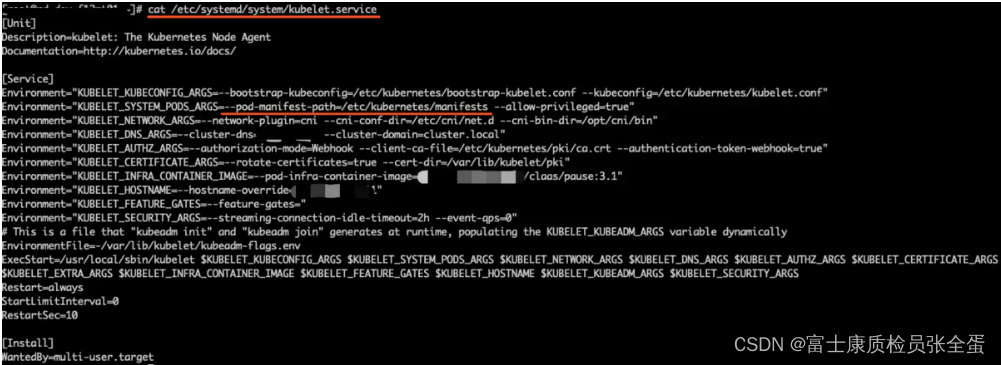
Kubernetes static pod (static POD)
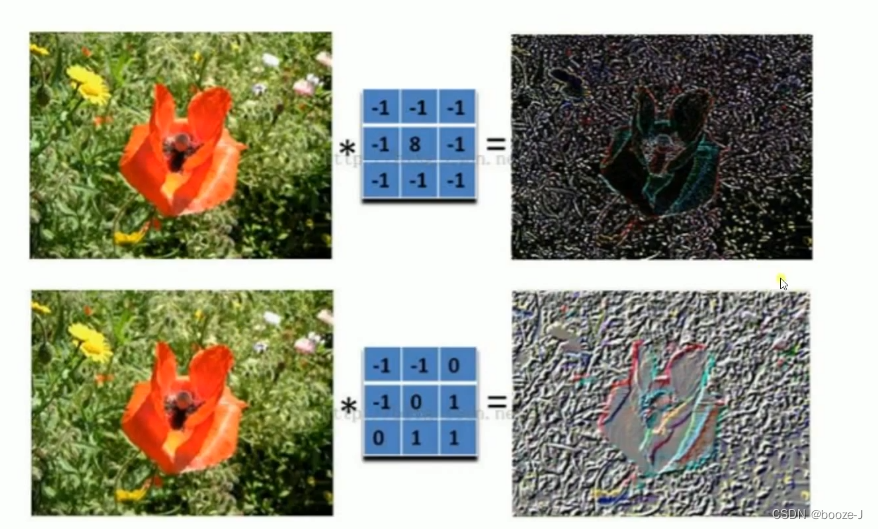
9.卷积神经网络介绍
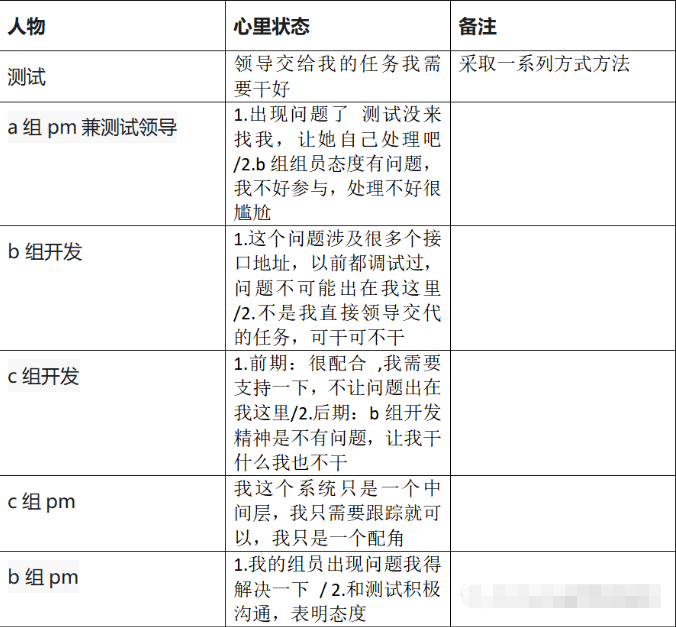
What if the testing process is not perfect and the development is not active?

第四期SFO销毁,Starfish OS如何对SFO价值赋能?
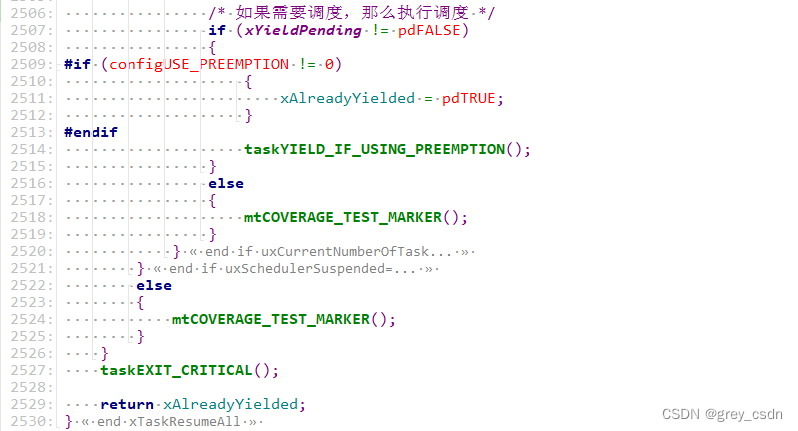
1293_ Implementation analysis of xtask resumeall() interface in FreeRTOS

Cve-2022-28346: Django SQL injection vulnerability
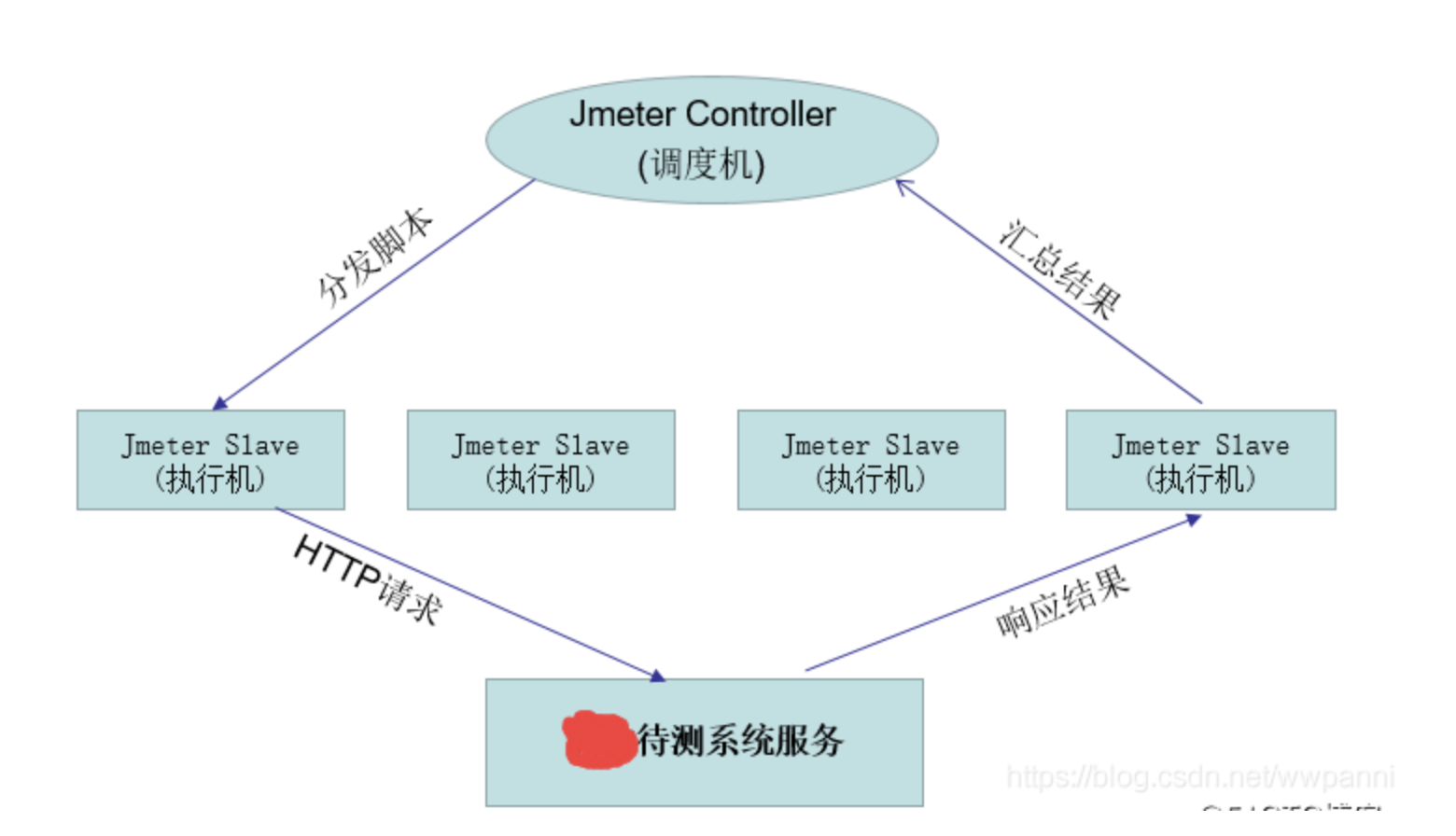
jemter分布式
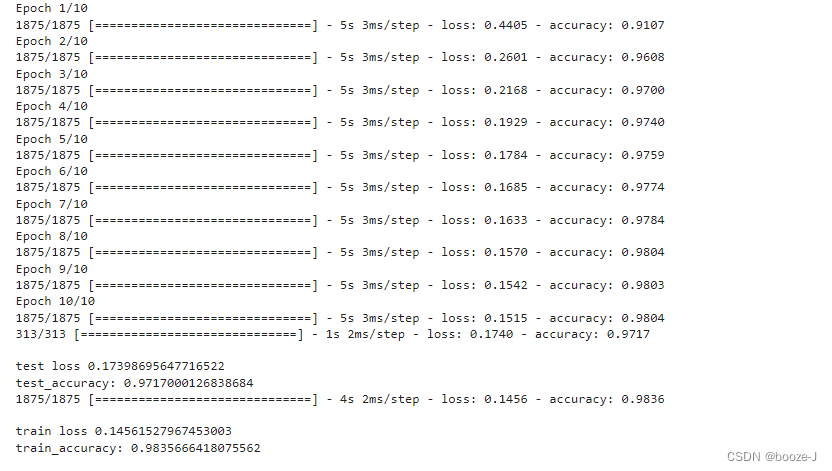
7.正则化应用
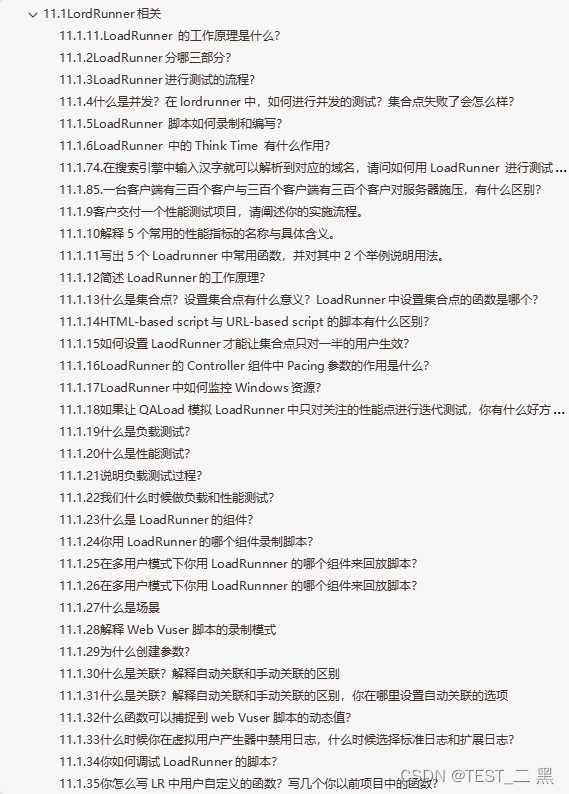
3 years of experience, can't you get 20K for the interview and test post? Such a hole?

13.模型的保存和載入
随机推荐
6.Dropout应用
Codeforces Round #804 (Div. 2)(A~D)
Interface test advanced interface script use - apipost (pre / post execution script)
12. RNN is applied to handwritten digit recognition
1.线性回归
13. Model saving and loading
Serial port receives a packet of data
Implementation of adjacency table of SQLite database storage directory structure 2-construction of directory tree
串口接收一包数据
攻防演练中沙盘推演的4个阶段
German prime minister says Ukraine will not receive "NATO style" security guarantee
基础篇——整合第三方技术
FOFA-攻防挑战记录
The weight of the product page of the second level classification is low. What if it is not included?
How does starfish OS enable the value of SFO in the fourth phase of SFO destruction?
3 years of experience, can't you get 20K for the interview and test post? Such a hole?
ABAP ALV LVC template
SDNU_ACM_ICPC_2022_Summer_Practice(1~2)
51 communicates with the Bluetooth module, and 51 drives the Bluetooth app to light up
Course of causality, taught by Jonas Peters, University of Copenhagen